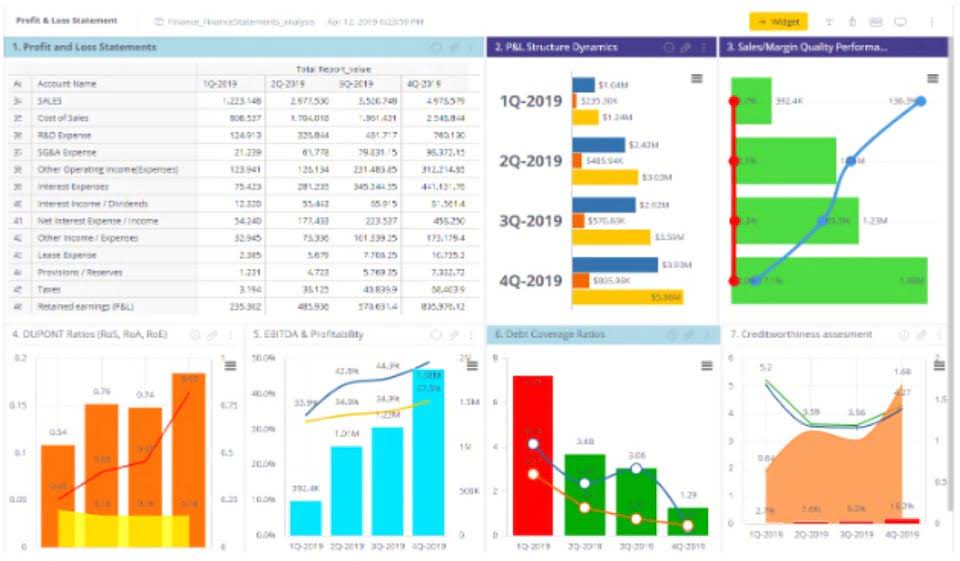Recording Transaction What It Is, Process, Examples

Each transaction that the organization undertakes is accurately recorded for preparing financial reports. The accuracy of the information in the general ledger is crucial as it forms the basis for financial reporting and analysis. The summarizing phase of the accounting cycle involves preparing financial statements such as the balance sheet, income statement, Travel Agency Accounting and cash flow statement. These statements provide a summary of an organization’s financial transactions for a specific period. Bank reconciliations compare a company’s financial records with bank statements to identify discrepancies such as unrecorded transactions, errors, or fraud.
Step 2 – Journalizing
- Again, accounting software streamlines this because it automatically copies the numbers from your bank account, which reduces the risk of transcription errors.
- Under the cash basis method, sales are recorded only when cash payment is received.
- This could range from a sale or purchase to the receipt or payment of money.
- To ensure that only legal invoices are recorded and paid for, a firm has to have adequate internal controls in place.
- Ultimately, robust documentation of accounting and control systems contributes to improved operational efficiency, risk management, and long-term organizational success.
- The unadjusted trial balance is a list of all accounts and their balances before any adjustments are made.
- Tax accountants overseeing returns in the United States rely on guidance from the Internal Revenue Service.
Accounting records provide what is recording in accounting a comprehensive view of a company’s financial activities and are essential for effective management and compliance. In some states, accounting bodies set rules on dealing with records from a presentation of financial statements or auditing perspective. Rules vary in different countries and different industries have specific record-keeping requirements.
Accounting period close –
For instance, if a company changes its inventory valuation method, the Financial Accounting Standards Board requires disclosure of the change and its impact on financial statements. Such transparency maintains stakeholder confidence and compliance with regulations. An accounting journal entry is the written record of a business transaction in a double entry accounting system. Every entry contains an equal debit and credit along with the names of the accounts, description of the transaction, and date of the business event. The records must encompass all sources of income, expenses, and deductions and must be accurate, complete, and readily available for the IRS to inspect. A dedicated business bank account can help you stay on top of your accounting and avoid mixing up personal and business expenses.

B. Expenses

Once a transaction is identified, it must be categorized according to the type of event it represents. The categorization is guided by the company’s chart of accounts, which is a framework that classifies financial data into structured categories. For instance, purchasing equipment would affect both an asset account (equipment) and likely a liability account (if the purchase is financed) or an equity account (if paid with owner’s capital).
- The inventory of a manufacturer should report the cost of its raw materials, work-in-process, and finished goods.
- Income statements and cash flow statements are prepared and presented to the stakeholders in the financial reporting step.
- These assets are depreciated each year to reflect that they’re losing value, and the depreciation can be claimed off taxes.
- Suppose you’ve bought an extensive library of computer software for the company’s computers.
- The agent informs him that $1,200 will provide insurance protection for the next six months.
- The general ledger contains a separate account for every asset, liability, equity, revenue, and expense item, providing a summarized view of all transactions affecting that specific account.
- The management can use this data to evaluate whether the organization is meeting its finance and performance goals and develop strategies for achieving these goals.
- For this reason, there are several broad groups that most accountants can be grouped into.
- Managing business accounts is an intricate part of bookkeeping that involves the organization and tracking of financial transactions to maintain a clear view of a business’s fiscal health.
It is through the ledger that accountants can compile the trial balance, which is a statement of all debits and credits in the ledger that verifies the mathematical accuracy of the books. The trial balance is a precursor to the preparation of the financial statements, which ultimately communicate the company’s financial performance and position to interested parties. Accountants help businesses maintain accurate and timely records of their finances. Accountants also provide other services, such as performing periodic audits or preparing ad-hoc management reports. The accounting cycle is a fundamental process for accurately recording and reporting a company’s financial activities.

Process of the Recording of Transactions
This includes recording sales, purchases, payroll, and tax payments in real-time, creating a chronological account for an accurate financial ledger. “Recording transactions” refers to the process of documenting business and financial activities in the accounting https://oftalmologia.salasalud.com.ar/index.php/2024/03/18/days-between-pay-periods-calculator/ system of an organization. Precision is critical when posting to ledgers, as errors can lead to discrepancies in financial reporting.
